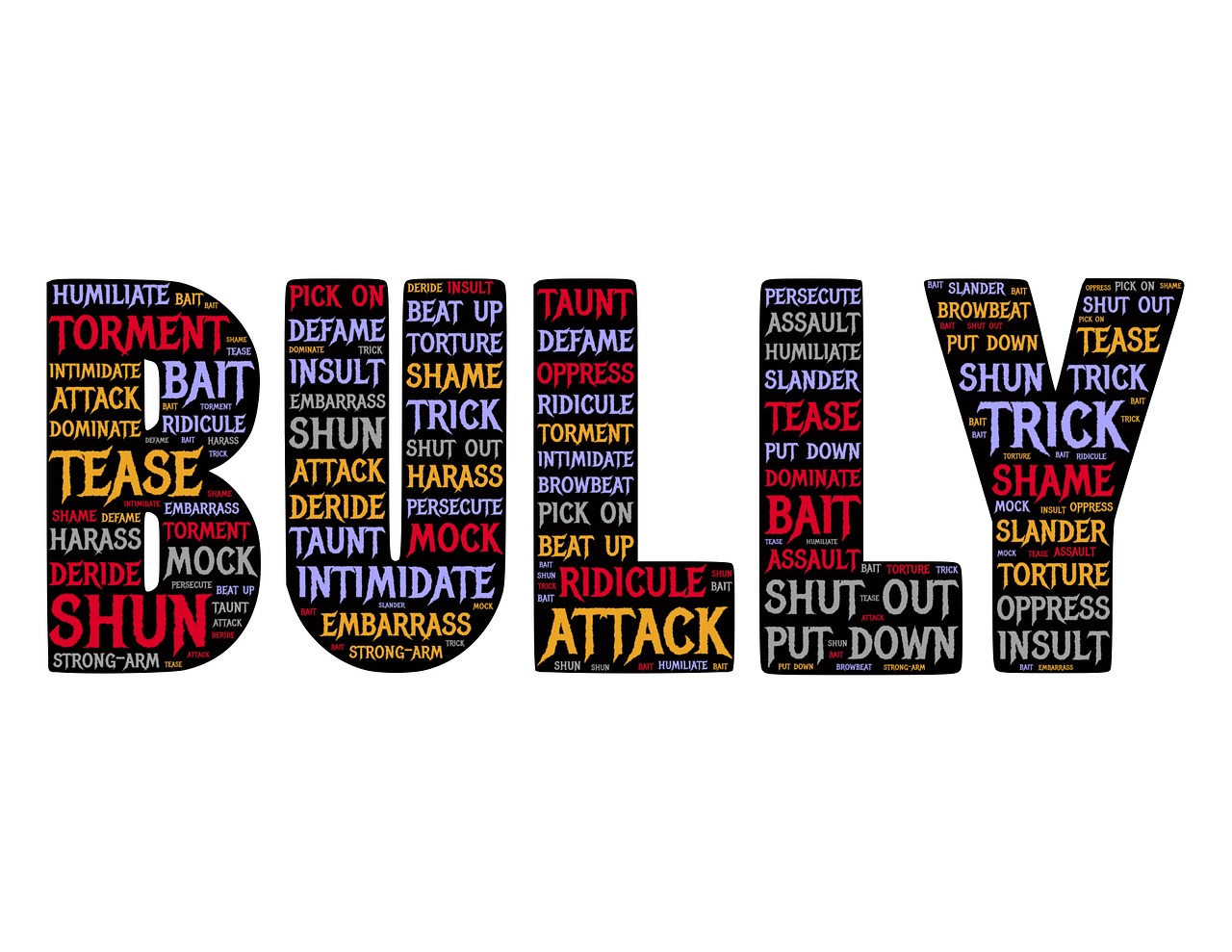A credit rating is essentially somebody's opinion on the willingness and ability of a debtor to repay their debt. This begs the question - Who are the seemingly all powerful agencies that decide the creditworthiness of corporations and countries? Why does the financial world care about their analysis?
The agencies that decide creditworthiness are not government agencies or even government funded non-profits. Agencies like Standard and Poor’s, who recently downgraded the credit rating of the United States from AAA to AA+, are regular for-profit companies. Standard and Poor’s is an LLC; it's a subsidiary of and even larger corporation called The McGraw-Hill Companies, Inc. It's day to day business is centered on generating more revenue and increasing it's market share - just like any other company.
Why are Credit Agencies so Powerful?
They may not be government agencies, but their power comes directly from the United States government. In 1975 the SEC (The U.S. Securities and Exchange Commission) adopted the term “Nationally Recognized Statistical Rating Organizations.” or NRSROs. Only a handful of organizations have ever been recognized with the NRSRO stamp of approval. This exclusivity has helped make the few NRSROs the nearly undisputed arbiters of debt. Since 1975 regulators, including the SEC itself, have increasingly used credit ratings from the NRSROs to help monitor the risk of investments held by regulated entities, and to provide an appropriate disclosure framework for securities of differing risks.
Generally, NRSROs credit ratings distinguish between investment grade and non-investment grade. For example, a credit rating agency may assign a "Triple A" credit rating as its top "investment grade" rating for corporate bonds and a "double B" credit rating or below for "non-investment grade" or "high-yield" corporate bonds.
Who are they?
Currently there are three big NRSROs – Moody’s Investors Service, Inc. (“Moody’s”), Fitch, Inc. (“Fitch”), and the Standard and Poor’s Division of the McGraw- Hill Companies Inc. (“S&P”).
There are seven other firms registered as NRSROs:
- A.M. Best Company, Inc.
- DBRS Ltd.
- Egan-Jones Rating Company
- Japan Credit Rating Agency, Ltd.
- Kroll Bond Rating Agency, Inc. (f/k/a LACE Financial Corp.)
- Rating and Investment Information, Inc.
- Realpoint LLC
Under the Credit Rating Agency Reform Act, an NRSRO may be registered with respect to up to five classes of credit ratings: (1) financial institutions, brokers, or dealers; (2) insurance companies; (3) corporate issuers; (4) issuers of asset-backed securities; and (5) issuers of government securities, municipal securities, or securities issued by a foreign government.
What do the Ratings Mean?
The three big credit ratings agencies have nearly identical rating systems. The table below is a breakdown of each rating.
| Moody's | Standard& Poor's | Fitch | Credit worthiness |
|---|---|---|---|
| Aaa | AAA | AAA | An obligor has EXTREMELY STRONG capacity to meet its financial commitments. |
| Aa1 | AA+ | AA+ | An obligor has VERY STRONG capacity to meet its financial commitments. It differs from the highest rated obligors only in small degree. |
| Aa2 | AA | AA | |
| Aa3 | AA- | AA- | |
| A1 | A+ | A+ | An obligor has STRONG capacity to meet its financial commitments but is somewhat more susceptible to the adverse effects of changes in circumstances and economic conditions than obligors in higher-rated categories. |
| A2 | A | A | |
| A3 | A- | A- | |
| Baa1 | BBB+ | BBB+ | An obligor has ADEQUATE capacity to meet its financial commitments. However, adverse economic conditions or changing circumstances are more likely to lead to a weakened capacity of the obligor to meet its financial commitments. |
| Baa2 | BBB | BBB | |
| Baa3 | BBB- | BBB- | |
| Ba1 | BB+ | BB+ | An obligor is LESS VULNERABLE in the near term than other lower-rated obligors. However, it faces major ongoing uncertainties and exposure to adverse business, financial, or economic conditions which could lead to the obligor's inadequate capacity to meet its financial commitments. |
| Ba2 | BB | BB | |
| Ba3 | BB- | BB- | |
| B1 | B+ | B+ | An obligor is MORE VULNERABLE than the obligors rated 'BB', but the obligor currently has the capacity to meet its financial commitments. Adverse business, financial, or economic conditions will likely impair the obligor's capacity or willingness to meet its financial commitments. |
| B2 | B | B | |
| B3 | B- | B- | |
| Caa | CCC | CCC | An obligor is CURRENTLY VULNERABLE, and is dependent upon favourable business, financial, and economic conditions to meet its financial commitments. |
| Ca | CC | CC | An obligor is CURRENTLY HIGHLY-VULNERABLE. |
| C | C | The obligor is CURRENTLY HIGHLY-VULNERABLE to nonpayment. May be used where a bankruptcy petition has been filed. | |
| C | D | D | An obligor has FAILED to pay one or more of its financial obligations (rated or unrated) when it became due. |
Related Articles:
- How To Save On Closing Costs
- How To Buy A Short Sale Property
- Debt Relief: How to guide to get help
- HAFA Provides Short Sale and Deed-In-Lieu Options Instead of Foreclosure
- Loan Modification: Is it Right for You?
- What Is Foreclosure?
- Avoiding Foreclosure Rescue Scams
- What Is A Deed-In-Lieu?
- How To Avoid Foreclosure
- Do You Qualify for an FHA Loan?
- Mortgage Fraud: How to Protect Yourself!
- For Sale By Owner: How to Sell Your Own Home
- Selling Your Home? Try These Creative Strategies
 Print
Print Email
Email








